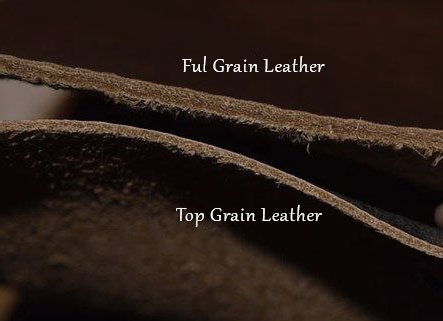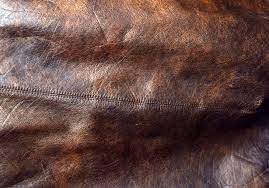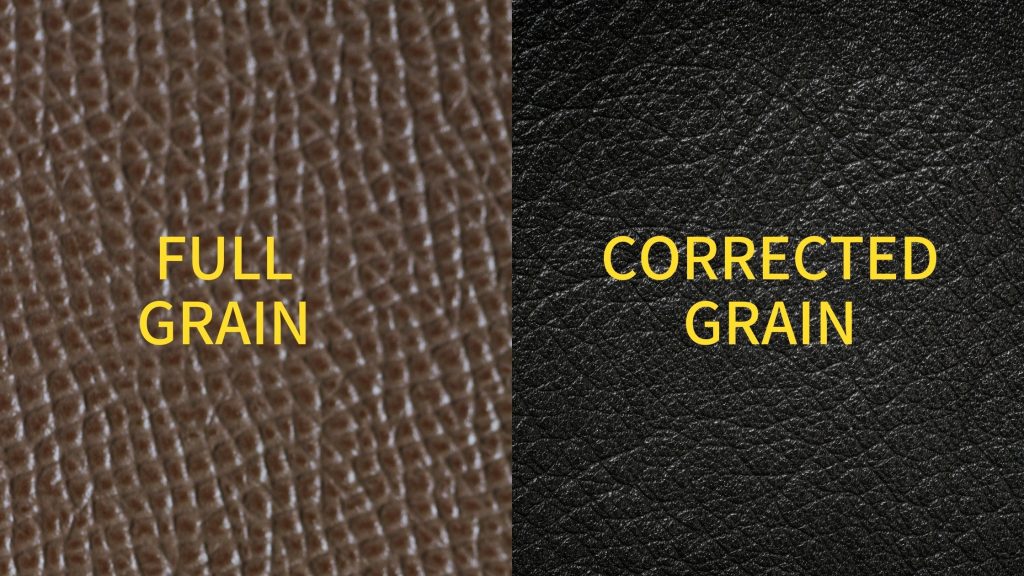Introduction
Everyone likes a good leathered fabric or leathery byproduct, considering how handily durable it is. When it comes to leather, there is a variety of stuff, from the cheap faux leather swatches to the exquisite full-grains. In order to select the right kind, here we’ll assess their different categories and sorts, so buckle up.
The Luxurious Skin: The Full-Grain Leather
This is a popular type of leather, cherished by leather experts. The smooth raw persona of the full-grain makes it one of its kind. The almost perfect full-grain leather, unlike any other, does not tamper, sanded, or buffed to prevent its imperfections (or the grains) which is what makes it so hard-wearing. These grains also have the trait of breathing, trapping less to no moisture inside the leather that is caused by prolonged resistance.

Another plus of the full-grain is that its fraying is not proportional to time as it covers itself from a self-made layer (the patina) to prevent wearing thin. This type of leather is the most pocket-hostile kind out there, which is probably its only con.
The Not-Favorite Yet Commonly Used Type: The Genuine Leather
Unlike the other fancy leathers, this type does not really live up to its name. In the leather industry, genuine leather is the most cheaply made leather to exist. The leftover, second-hand high-end leathers, end up transitioning to the genuine leather type with little tweaks here and there. Consequently, the so-called genuine leather happens to wear out in the nick of time, shortly after some use.

This leather after its birth does not look as aesthetically pleasing to the eye, as the rest, but it sure is pleasing to our budgets and very wallet-friendly. This is the main reason why genuine leather is so frequently used, as this type acknowledges the use of leather as well as the dollar-saving rule at the same time.
The Imperfectly Perfect Type: The Corrected-Grain Leather
Just as the title name implies, the corrected-grain leather speaks for itself and is pretty self-explanatory. Also introduced as the lesser-known grain, this type of leather is altered to perfection, just to meet up to the full-grain leather standard. The imperfections are smoothed out before certain touch-ups and fixes are implemented on the corrected-grain leather for improving its behavioral characteristics, longevity, and aesthetic caliber.

An artificial grain is stamped and flashy pigments are used to make it more eye-catching. This kind of leather is readily available in the leather market at a much affordable cost in contrast to the full-grain skin.
Conclusion
We hope you were able to find this article useful and must have gained better knowledge regarding the types of leather.
Leave a Reply